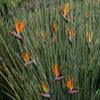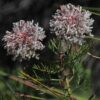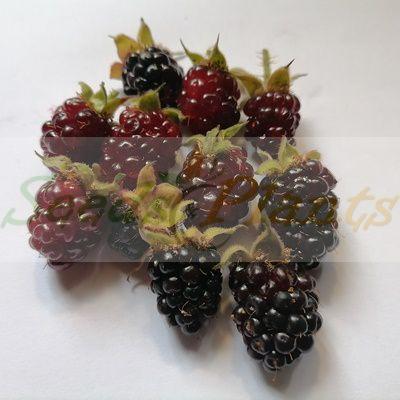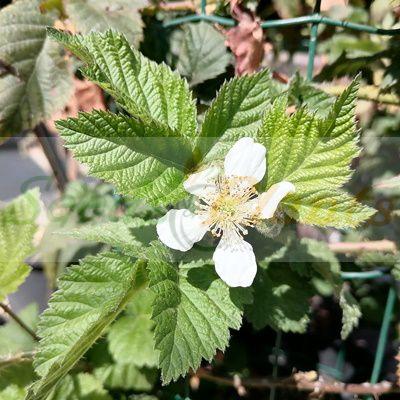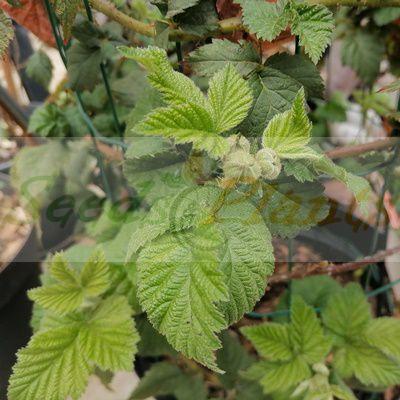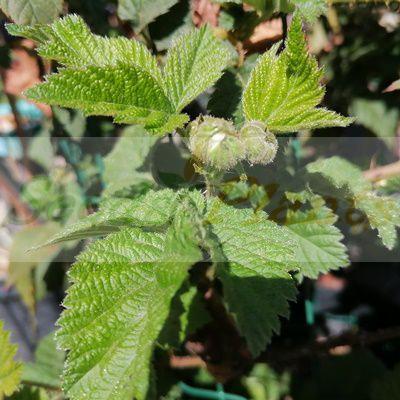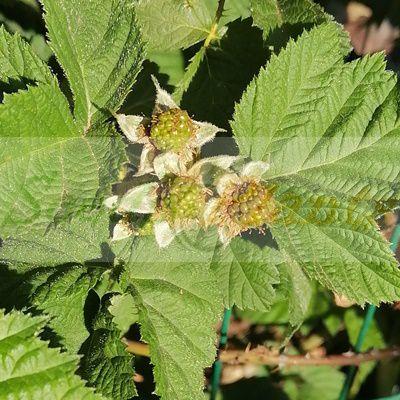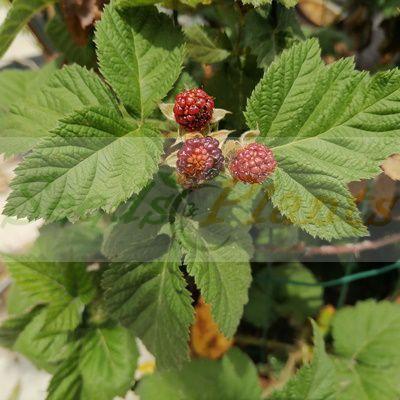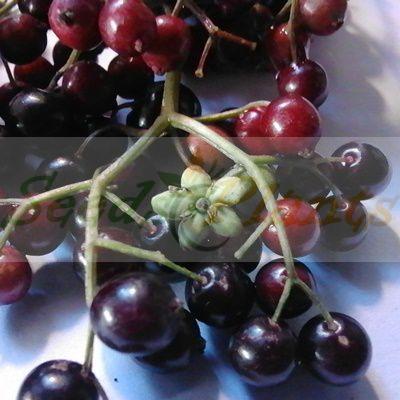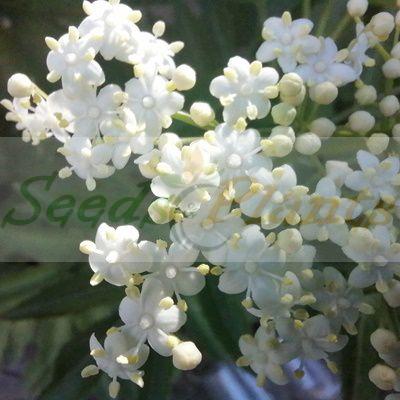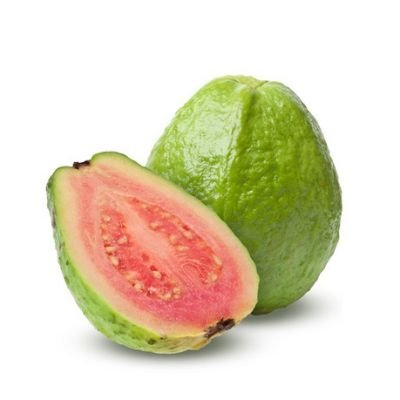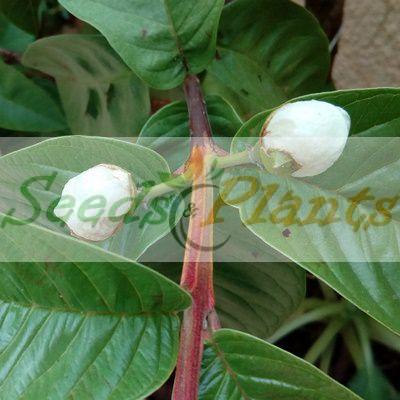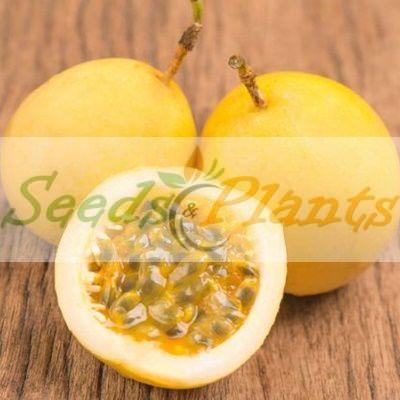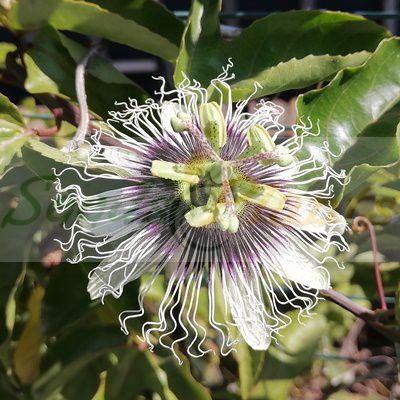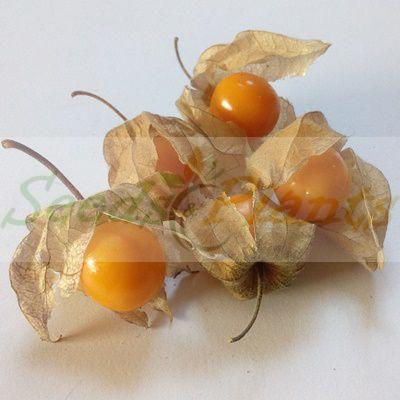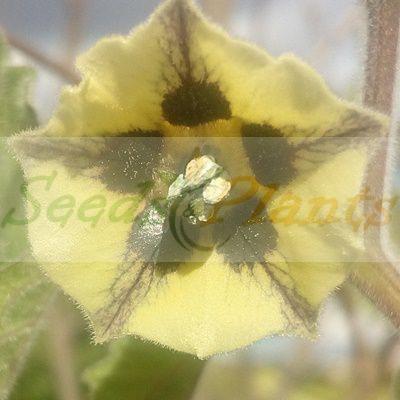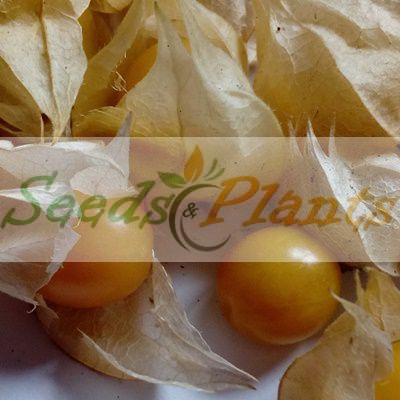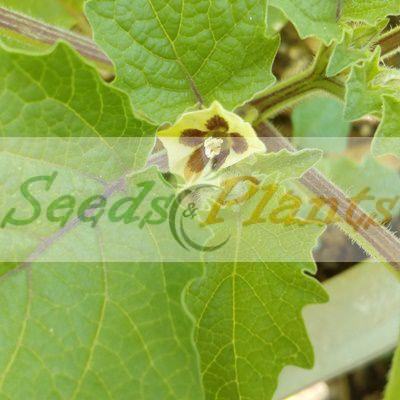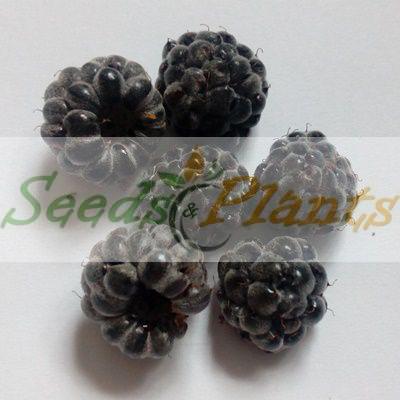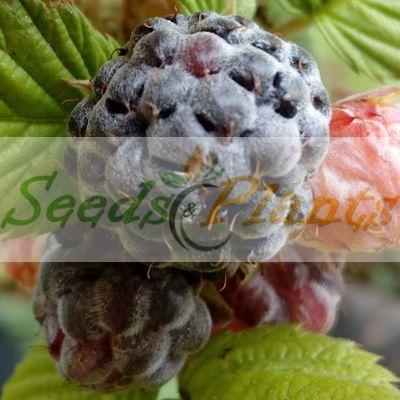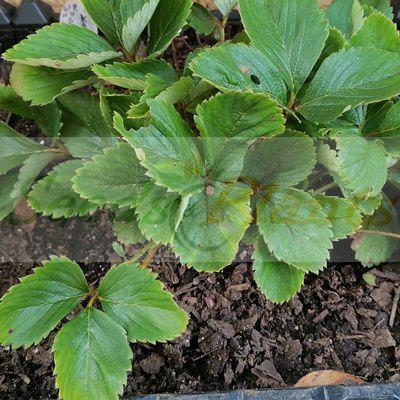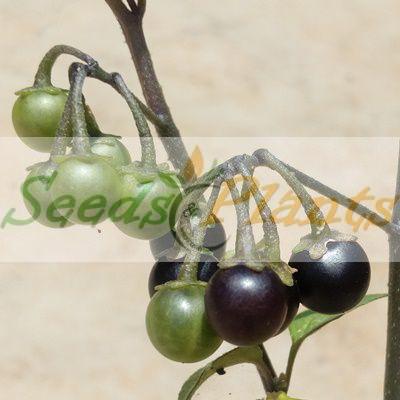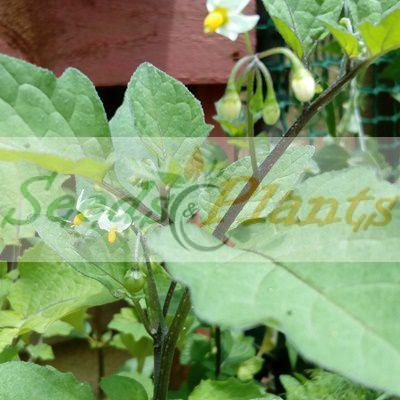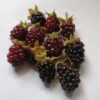🍒 Fruit Quick Facts
Fruit Info
- 🌍 Origin / Region: Asia, Europe
- 🍽️ Culinary Use: Beverages/Teas, Desserts, Jams and Jellies, Juices and Syrups, Liqueurs/Wines, Pies and tarts, Raw Eating, Sauces
- 🥗 Edible Part: Berry, Leaf
- 😋 Flavor Profile: Sweet-tart
Growth Traits
- 🌱 Life Cycle: Perennial
- 🌾 Plant Type: Bramble, Shrub
- 🔁 Fruiting Needs: Needs Only 1 Plant
- 🪴 Growth Habit: Spiny, Sprawling, Trailing
- 🌸 Flower Color: White
- 🌿 Foliage Type: Deciduous
- 🦋 Pollinator Method: Attracts Bees, Attracts Butterflies, Self-pollinating
Growing Requirements
- 🌞 Sun Exposure: Full Sun
- 💧 Water Needs: Regular Water, Water Deeply
- ☀️ Growing Conditions: Cold Tolerant, Frost Tolerant, Low drought tolerance, Moderate Heat Tolerance
- 🟤 Soil Preference: Compost Enriched, Loam, Moist, Peat, Rich Organic, Sandy, Slightly acidic, Well-Drained
Tayberry – 20 Seeds
(Rubus fruticosus x ideaus)
R50.00
Tayberry fruit are cone shaped and are initially a reddish-maroon color, changing to reddish-purple or purple, when fully ripe.
Seed Type: Organic – Harvested from our own plants.
Indoor Sowing: Cold Stratification and then transplant seedlings once big enough.
Direct Sowing: Autumn and Early Winter.
In stock
🍒 Fruit Quick Facts
Fruit Info
- 🌍 Origin / Region: Asia, Europe
- 🍽️ Culinary Use: Beverages/Teas, Desserts, Jams and Jellies, Juices and Syrups, Liqueurs/Wines, Pies and tarts, Raw Eating, Sauces
- 🥗 Edible Part: Berry, Leaf
- 😋 Flavor Profile: Sweet-tart
Growth Traits
- 🌱 Life Cycle: Perennial
- 🌾 Plant Type: Bramble, Shrub
- 🔁 Fruiting Needs: Needs Only 1 Plant
- 🪴 Growth Habit: Spiny, Sprawling, Trailing
- 🌸 Flower Color: White
- 🌿 Foliage Type: Deciduous
- 🦋 Pollinator Method: Attracts Bees, Attracts Butterflies, Self-pollinating
Growing Requirements
- 🌞 Sun Exposure: Full Sun
- 💧 Water Needs: Regular Water, Water Deeply
- ☀️ Growing Conditions: Cold Tolerant, Frost Tolerant, Low drought tolerance, Moderate Heat Tolerance
- 🟤 Soil Preference: Compost Enriched, Loam, Moist, Peat, Rich Organic, Sandy, Slightly acidic, Well-Drained
Tayberry (Rubus fruticosus x ideaus) is a cross between a blackberry and a red raspberry, named after the River Tay in Scotland. It is closely related to the loganberry and was originally created as an improved loganberry, but the fruit is sweeter, much larger, and more aromatic than that of the loganberry.
It is a bramble with thorns which requires a trellis or fence to grow on. They are very vigorous, consistent growers and reliable, heavy croppers. The cropping period is long, from late spring to late-summer. The fruits grow on short laterals on prickly canes 1.8 to 2.1 m long. Tayberries produce the most berries when in full sun and in well-drained soil with a high amount of organic materials.
Tayberry fruit are cone shaped and are initially a reddish-maroon color, changing to reddish-purple or purple, when fully ripe. The berries can be up to 4 cm long. Great for fresh eating, jams, jellies and pies.It is a bramble with thorns which requires a trellis or fence to grow on.
Growing Tayberry
Indoor Sowing: Cold Stratification and then transplant seedlings once big enough.
Direct Sowing: Autumn and Early Winter.
- The seeds need to be stratified before planting.
- Place the Tayberry seeds in a resealable plastic bag along with a handful of damp peat moss. Seal the bag, and place in a refrigerator.
- Keep the seeds chilled for 12 to 16 weeks.
- Fill seed trays with seed starter soil, and spread the seeds on top of the soil.
- Lightly cover the seeds with soil, and place in a warm area.
- Seed germination does not require bright light since the seeds are covered with soil.
- Mist the soil with water in a spray bottle whenever the soil begins to dry out.
- Once seedlings begin to sprout, move the tray to an area with bright light.
- When transplanting into the garden, select a planting area in full to partial sun.
- Pick a location with good drainage.
- Spread a layer of well-rotted compost over the planting area and work the compost into the top 8 inches of soil. This gives the plants a good source of slow-release nutrients. Smooth the soil with a rake.
- Dig holes with a hand trowel only as deep and wide as the seedlings’ root balls.
- Place the seedlings in the holes, and fill with soil.
- Gently firm the soil around the brambles so that they stand up.
- Water the soil around the base of the plants until it is slightly muddy.
- Give the berry plants 1 inch of water each week when there is no rainfall during the summer.
- Mulching benefits the plants by reducing weed growth, slowing soil moisture evaporation and providing slow-release nutrients. Keep the mulch layer thick throughout the life of the plant.
- Can be successfully grown in containers as well.
Can this plant be used for culinary purposes?
Tayberry is traditionally used for culinary purposes such as beverages/teas and desserts.
Disclaimer
Medicinal Information:
All medicinal information on this website is for educational and informational purposes only and may not be construed as medical advice. The information is not intended to replace medical advice or treatment offered by healthcare professionals.
Seeds, Plants, Plant Cuttings, Geophytes and Dried Herbs:
In some countries and provinces, certain plants are deemed as invasive and are not allowed to be planted at all, whilst some plants are allowed to be grown only in certain areas or provinces. The onus is on you as the buyer to familiarize yourself with the regulations pertaining to your location, before purchasing any of our seeds, plants, plant cuttings, geophytes or dried herbs. We will not be held liable, should you purchase any seeds, plants, plant cuttings, geophytes or dried herbs. from us which are prohibited in your country or province.

